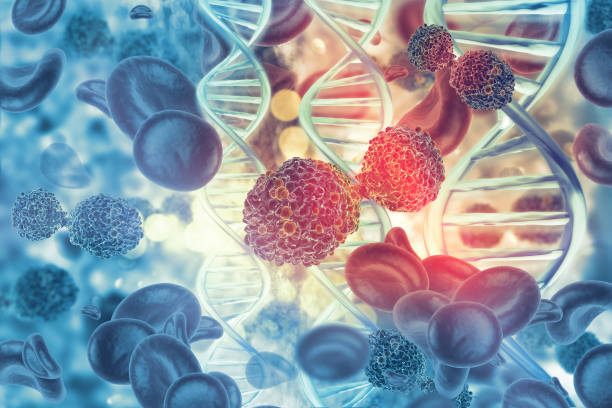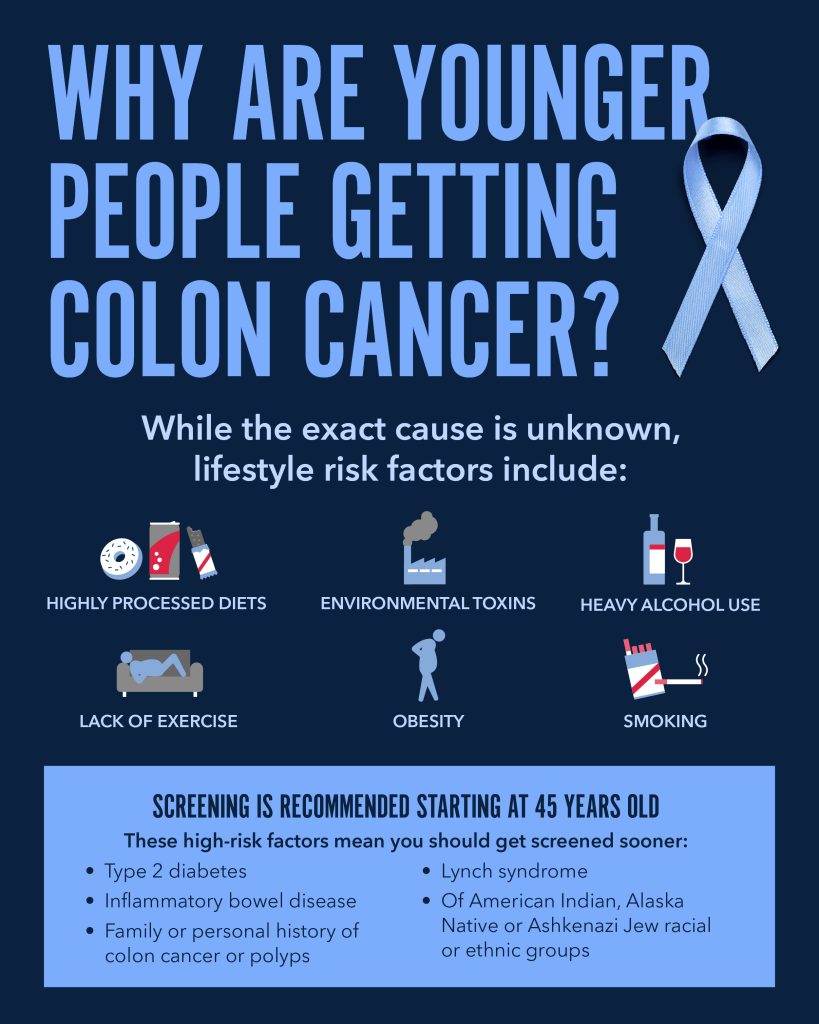Most Dangerous Cancers in Men and Women s5
Cancer is the second-leading cause of adult deaths in the U.S., followed by heart disease. Andrew Nish, MD, John Stoddard Cancer Center Medical Director, helps us understand the most dangerous cancers as outlined by the American Cancer Society’s 2024 annual Facts & Figures report.NOTE: The numbers don’t include basal cell (most common skin cancer) and squamous cell (second most common skin cancer) skin cancers, since they’re not regularly reported to cancer registries.
Top 2025 Cancer StatisticsCancer statistics for 2024 have increased since last year.

A little more than 2 million new cancer cases are expected in 2024611,720 Americans are expected to die from cancer in 20241 in 3 women will develop cancer in their lifetime1 in 2 men will develop cancer in their lifetimeFive Most Dangerous Cancers in Men
Five Most Dangerous Cancers in Men
Lung & Bronchus – 65,790 male deathsProstate – 35,250 male deathsColon & Rectum – 28,700 male deathsPancreas – 27,270 male deathsLiver & Intrahepatic Bile Duct – 19,120 male deathsCancer Deaths in Men by Percent20% – Lung & Bronchus11% – Prostate9% – Colon & Rectum8% – Pancreas6% – Liver4% – Leukemia4% – Esophagus4% – Bladder4% – Non-Hodgkin lymphoma4% – Brain & Nervous SystemFive Most Dangerous Cancers in Women
These five cancers are predicted to take nearly 288,920 female lives in a year. While increases and decreases in specific cancer deaths vary compared to last year, overall, this number is substantially larger than what was reported in 2023.
Lung & Bronchus – 59,280 female deathsBreast – 42,250 female deathsColon & Rectum – 24,310 female deathsPancreas – 24,480 female deathsOvary – 12,740 female deathsCancer Deaths in Females by Percent21% – Lung & Bronchus15% – Breast8% – Colon & Rectum8% – Pancreas5% – Uterine4% – Ovary4% – Liver3% – Leukemia3% – Non-Hodgkin Lymphoma3% – Brain & Nervous SystemWhy is Lung Cancer the Most Common?Even though lung cancer is the deadliest cancer for men and women, the rates are declining in the U.S. Experts contribute the drop to fewer smokers and improvements in treatments for non-small cell lung cancer.“Cigarette smoke is by far the highest cause of lung cancer in the U.S., but exposure to other environmental factors could also increase your risk. Radon gas, which is naturally occurring in the soil and can collect in indoor spaces, is the second leading cause of lung cancer, accounting for an estimated 21,000 deaths per year. Secondhand smoke, asbestos, radiation, air pollution and diesel exhaust are other contributing factors,” Dr. Nish says.Signs and Symptoms of Lung CancerPersistent coughSputum (saliva mixed with mucus) streaked with bloodChest painHoarse voiceWorsening shortness of breathRecurrent pneumonia or bronchitis“These signs and symptoms of lung cancer don’t usually appear until the cancer is more advanced. Early detection is very important, so talk to your doctor about screenings available to you,” Dr. Nish says.
Colorectal cancer has generally declined since the early 1990s for those 50 and older due to more people following colonoscopy screening guidelines. However, colon cancer cases are rising in younger people. While the exact cause is unknown, lifestyle risk factors include highly processed diets, environmental toxins, heavy alcohol use, lack of exercise, obesity and smoking.
“Most colorectal cancer diagnosed in adults younger than 50 are called ‘sporadic,’ meaning they don’t have a genetic or family risk, and they aren’t associated with a pre-existing condition such as inflammatory bowel disease. There is some research underway to understand the composition of the gut microbiome, or the trillions of bacteria in your gut, and how it may impact your risk for colon cancer,” Dr. Nish says.Screening is recommended starting at 45 years old. These high-risk factors mean you should get screened sooner:
Type 2 diabetesInflammatory bowel diseaseFamily or personal history of colon cancer or polypsLynch syndromeOf American Indian, Alaska Native or Ashkenazi Jew racial or ethnic groupsSigns and Symptoms of Colon Cancer:Rectal bleedingBlood in stoolChange in bowel habits or stool shape (stool that becomes narrower)Feeling like the bowel doesn’t completely emptyAbdominal cramping or painDecreased appetiteWeight lossWeakness and fatigueDue to the increase of cases in younger adults, it’s important to check in with your primary care provider if you notice any of these symptoms.
Most Dangerous Cancers ExplainedLung & BronchusLung and bronchial cancer causes more deaths in the U.S. than any other type of cancer in both men and women. Although survival rates have increased over the years due to improved treatments, the outlook is still bleak. The five-year survival rate is only 22%.BreastThe breast cancer death rate among women peaked in 1989. The drop is attributed to increase use of breast cancer screenings that improve early detection and survival rates. The five-year survival rate is 90% and the 10-year survival rate is 84%. While survival has improved, healthcare inequities are still an issue. For example, the survival rate is 10% lower for Black women than for white women.
PancreasBecause pancreatic cancer progresses rapidly, and no method of early detection is currently available, it’s one of the most dangerous types of cancer. The incidence rate has increased by about 1% per year since 2000. The five-year survival rate sits at only 11%. In addition, pancreatic cancer has shown resistance to chemotherapy, so clinical trials are taking place to develop alternative treatments.Liver & Intrahepatic Bile Duct Liver cancer is more common in men than women. Liver cancer diagnoses tripled from 1980 to 2015 but appear to have stabilized recently. At least 70% of liver cancer in the U.S. could be prevented by managing risk factors including excess body weight, smoking and heavy alcohol consumption. Hepatitis C, hepatitis B and Type 2 diabetes also increase risk. Liver cancer is dangerous, because it does not cause symptoms until it’s later stages, and early detection is difficult. The five-year survival rate is just 20%.

OvaryBecause ovarian cancer does not usually have symptoms, or, has symptoms that tend to be associated with other issues, early detection is difficult. Women who are most at risk are those with a strong family history of breast or ovarian cancer. Preventative surgery to remove the ovaries and fallopian tubes can decrease this risk dramatically. Women who smoke and are overweight are also at a higher risk of developing ovarian cancer. The five-year survival rate for ovarian cancer is only 49%.10 Ways to Prevent Deadly CancersWhile 5% to 10% of cancer cases are due to genetic defects, 90% to 95% are because of environmental and lifestyle factors. Lifestyle modifications to prevent cancer include:
Stop smoking/using tobaccoImprove nutrition by adding more vegetables, fruits, nuts and seedsDecrease consumption of processed foodsPrevent heavy alcohol useReduce obesity levelsIncrease activity – get up and moveProtect your skin by wearing sunscreen and avoiding indoor tanningParticipate in appropriate cancer screenings by age and risk factorReduce exposure to environmental pollutionGet vaccinated with the HPV vaccine and hepatitis B vaccine“If you have questions about your diet, screenings, vaccines, exercise, skin care or any other cancer prevention techniques, start by asking your primary care provider. And, if you notice something doesn’t feel right for your body — say something. It’s the most important way to advocate for yourself and your health,” Dr. Nish says.Find a Doctor
